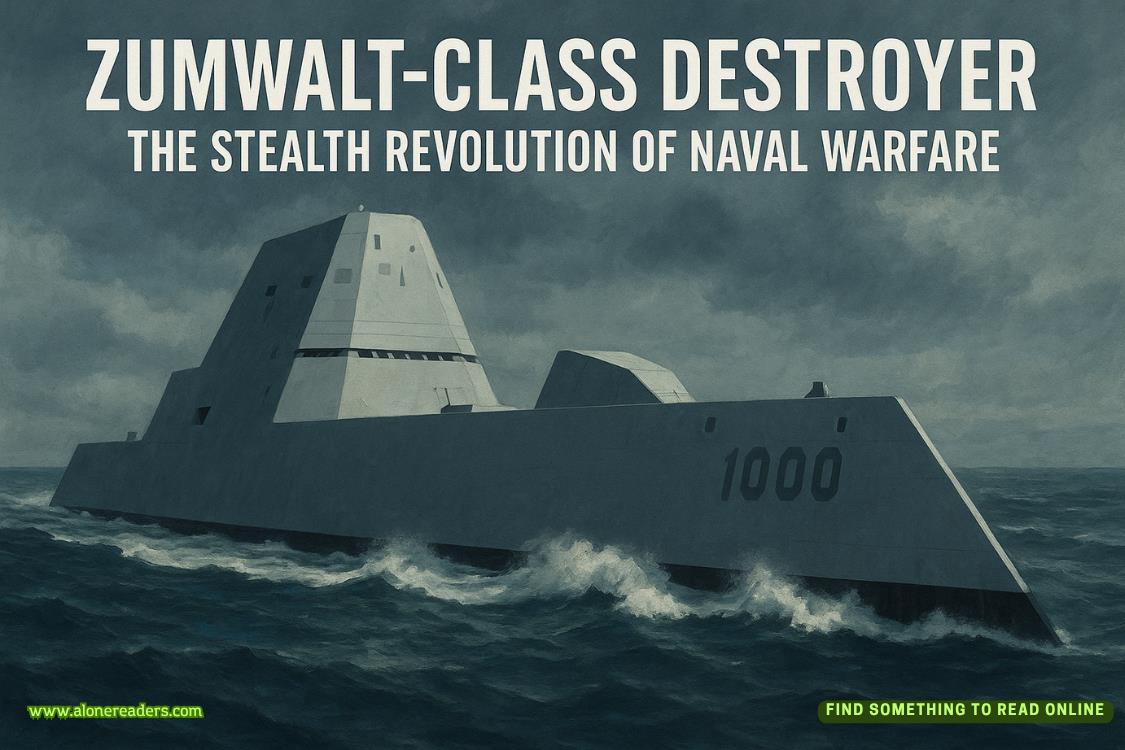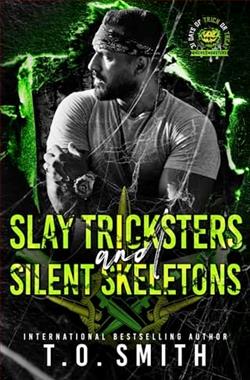Page 45 of The Secret
“There’s not much else to say. He was a scientist. Frustrated at work but content at home, by all accounts. He was married. Hiswife’s name was Alisha, I think. They had four kids. Robbie, Ronnie, Ritchie, and what was the other boy’s name? Ryan, maybe?”
“What happened to him after the incident?”
“He got crucified in the press. His role didn’t come out for a couple of days but when it did, things got ugly, fast. Even when people believed he only had seven deaths on his hands. Whether it was the vilification or whether he knew the truth about the numbers and that was too much to bear, I don’t know. But two weeks later, back in the States, right before Christmas, he killed himself.”
Reacher said, “I hear suicide, the CIA’s involved…”
“I know, I know. But there was no Company connection. I checked long and hard when I was researching the article. Plus it would make no sense for the CIA to kill him. They wouldn’t have derailed their own project. Maybe he knew the truth about the death toll, but so did I. So did my editor. They didn’t kill me. Or her.”
“Could he have been KGB?”
Smith said, “No way. The KGB is loyal to its agents. If one of them had spiked a major US weapons program, they’d have been taken back to Moscow, a hero. Given a medal. Maybe a slightly larger-than-average apartment with a marginally less depressing view. Sanson still might have killed himself, but not in the States, and not for that reason.”
Reacher said, “What about the victims? Do we know their IDs?”
Flemming shook his head. “And you’ll never find out now. It was too long ago. Too far away. It wasn’t in the corporation’s interest to keep records of them. It certainly wasn’t in the CIA’s. Or the army’s. And the families were all paid off to keep silent, so there’s no way in there.”
“What about witnesses. A thousand is a lot of corpses to hide.”
“Hide? You’re thinking like a westerner. We’re talking about aplace where famines regularly kill millions of people. Plus a large proportion of the population believe in pre-ordained destiny. And for anyone who was looking to make waves, there was always good old-fashioned hush money.”
“One other thing’s bothering me,” Reacher said. “The woman in the photo in theTimes.I didn’t see a name. Why does she look familiar?”
Flemming said, “That was a very young Susan Kasluga. It was her first job out of college.”
“Susan Kasluga, as in Charles Stamoran’s wife?” Reacher said. “The Secretary of Defense?”
“Right.” Flemming nodded. “She came back from India after the incident, quit her job at Mason Chemical, and founded AmeriChem Incorporated. She grew it into one of the largest companies in the world. She still works there. She’s the CEO.”
“Anyone else find that weird?”
“What’s weird about it?”
Reacher said, “Stamoran set up the task force to stop Project 192 from getting exposed, and now we find his wife was part of it? That’s got to be self-interest, at the very least.”
Flemming said, “But Kasluga wasn’t part of Project 192. Or Typhon. She worked for Mason Chemical, which was purely civilian. The government was using the inevitable overlap between weapons development and civilian research to conceal the covert programs they were running. No Mason employees knew anything about the secret work. Look at Sanson, the saboteur.”
“Kasluga’s picture was in the paper. She was part of the cover-up.”
“Don’t believe everything you read in the papers. I checked her out for the article. Everyone said the same thing. It was the sixties. She was a woman, fresh out of college. The closest she’d havegotten to the lab where they did the secret stuff was if they let her in to clean it. If they hadn’t needed a pretty face to stick in front of the cameras, she wouldn’t have gotten a mention. The original version had her take an active role on the emergency team. By the time it went to press, she was just a talking head. She was no more part of Project 192 or Typhon than those bodies in theTimes’picture were the actual victims. Wait a second. Let me show you something else.” Flemming went back to his shelves and searched through a pile of manila envelopes. He pulled one from near the bottom, tipped the contents onto his desk, and selected a sheet with a kind of flow chart traced out on it. “This is an organizational diagram I made when I was researching another article about a chemical plant in Sri Lanka. It was the same deal as in India. A public-facing civilian plant hiding a secret government laboratory. The secret lab had two missions. To develop antidotes to Soviet weapons. And to create weapons of our own. The local point man coordinated both of these, and he reported to a control in the States. There were no leaks or fields full of bodies, so the story got bumped to the back burner by 192 and Typhon.”
Reacher took the diagram from Flemming and studied it. The names of the scientists were all different, which didn’t come as a surprise. But the box representing the head of the program was empty. No name. No rank. No job title.
It wasn’t going to stay that way for long, Reacher thought.
Chapter17
Reacher’s third full day inD.C. started in pretty much the same way as the previous two. He took a shower, dressed, ate a quick breakfast, grabbed an extra cup of coffee to go, and covered the short distance to the task force’s office. That day he chose to walk. He hadn’t slept well and he hoped that a little exercise combined with caffeine and what passed for fresh air in the capital would get him going. All night he had been plagued by a recurring image from something he’d heard about in Flemming’s RV. He pictured a guy, creeping furtively in the shadow of a complex piece of machinery. Shutting off a valve or a faucet. Looking to make some kind of a point. Not trying to hurt anyone. And waking up to the news that he’d killed a thousand innocent people. Now, decades later, on the opposite side of the world, five more people were dead. It had to be part of the same picture, but something was missing. Reacher was sure of it. He felt like all the elements were there in front of him but he couldn’t quite see some of them. Like he was looking at a distant panorama through a blanket of patchy fog. He knew it would clear,and that when it did, the connections would come into focus. There was nothing he could do to speed up the process. He knew that from experience. But that didn’t mean he was happy about it.
—
Christopher Baglin startedthe morning meeting with another announcement.
He said, “Listen up. The agents who were involved in yesterday’s debacle at Neville Pritchard’s house have finally completed their after-action reports, now that they’re all out of the hospital. One further piece of useful information has emerged. The killer is not working alone. She had a partner, or an accomplice. Another woman. She drove a stolen UPS truck that deposited the killer outside the house. She then blocked the view of the corresponding watcher while the killer gained entry. We presume she was also involved in the killer’s escape. It’s not clear at this stage whether she was involved in the other murders, but personally I’d be surprised if she wasn’t. The two clearly have a rapport. The exact relationship or dynamic between them is not known. It is still important information, clearly, so you’ll need to update your search parameters again. This should help to narrow the field considerably.”
Reacher said, “Not in the army’s case, unfortunately. There were no female soldiers AWOL within the relevant time frame, so it makes no difference whether we’re looking for one or two. And I found no record of any female veterans with relevant experience or training who are related to anyone involved with Project 192 in the sixties, either by blood or marriage.”
Neilsen said, “Same. We’re looking at a dead end, from the Agency’s perspective.”















